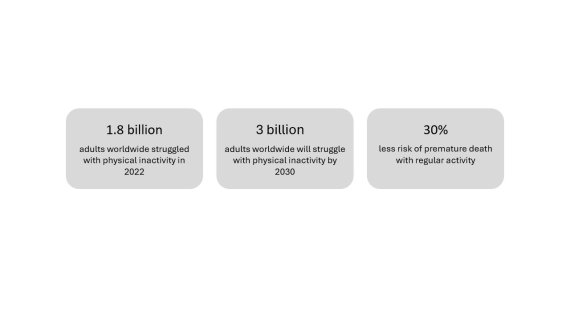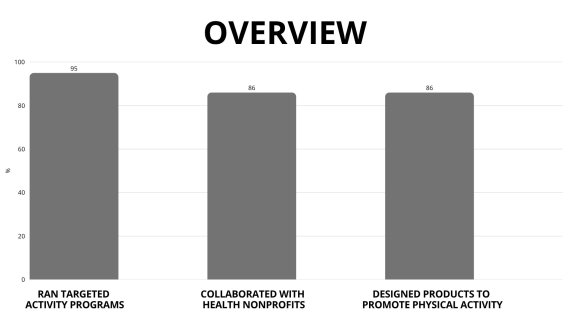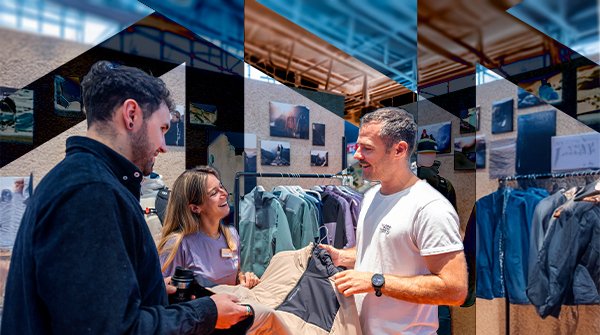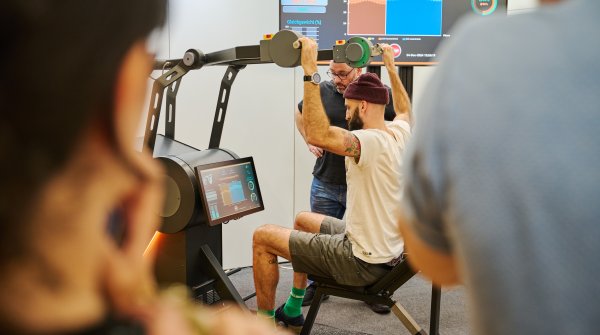The statistics alone should give pause. In 2022, 31 percent of the world’s adult population did not meet recommended physical activity levels, equating to around 1.8 billion people. That number is expected to approach 3 billion by the end of this decade if current trends continue.
Among young people, the figures are even more concerning. Globally, 81 percent of adolescents aged 11 to 17 are not active enough. The gender gap is significant, with 85 percent of girls falling short, compared to 78 percent of boys. This is not just about movement for movement’s sake. Physical inactivity is directly linked to major non-communicable diseases like cardiovascular conditions, diabetes, certain cancers, and mental health disorders. According to the report, being active can reduce the risk of premature death by up to 30 percent.
In economic terms, the inactivity crisis places an enormous burden on health systems and workplace productivity. But the reverse is also true. Encouraging movement drives societal and economic resilience. Studies suggest that if the world were more active, we could prevent between four and five million deaths every year.
The message is clear. Physical activity must become a global priority. And this is where the sporting goods industry comes in. This was already discussed at ISPO 2024. Elena Korf, Director of Engagement & Partnerships at Nike, fears
We are facing an inactive generation who is likely to produce another even less active generation and this is something for the industry to collectively think about and consider.

For years, sport has been a unifying force: Transcending borders, bridging cultures, and sparking moments that stay with us. But in the face of rising inactivity, its role needs to expand. Sport must now become a solution provider for some of society’s most pressing issues.
The WFSGI report makes a compelling case for this shift. It outlines how sport and physical activity are no longer fringe concerns for health ministries or athletic federations. They are central to public health, urban planning, sustainability, and workforce wellbeing. And as manufacturers, retailers, and brand leaders, we are already shaping the systems that make movement possible.
In fact, the sporting goods industry is one of the few sectors with both the reach and the credibility to influence how people move at home, at work, and in communities. The report offers multiple case studies to demonstrate this in action. Emma (Mason) Zwiebler, CEO of WFSGI, explains
Moving people from a sedentary lifestyle to an active one is not easy, but brands are addressing barriers. Body confidence is a key issue, especially for women. Inclusive sizing, period-proof tights, and maternity apparel are some ways brands are breaking down these barriers.

Faced with these facts, the sporting goods industry is stepping up. The WFSGI report presents a unified front: 95% of companies surveyed organized at least one physical activity campaign or community event in 2024. These weren’t generic efforts, they were sharply targeted at those most at risk of inactivity: women, youth, people with disabilities, older adults, and marginalized communities.
Take ASICS, for example. In 2024, the brand launched “Desk Break,” a global campaign tackling the rising sedentary lifestyle of office workers. Backed by research from King’s College London, the initiative encouraged daily 15-minute movement breaks. It wasn’t just a campaign, it was a movement. Over one million “desk breaks” were logged in a single month, powered by a viral PSA and a supportive digital ecosystem on ASICS’ Runkeeper app. The company even updated internal policies to make movement breaks a workplace right.
Meanwhile, PUMA reframed sport in India with its #LetThereBeSport campaign. Responding to entrenched perceptions that sport is merely extracurricular, the initiative encouraged everyday movement through partnerships, digital activations, and real-world access to gyms and sports hubs. The campaign reached 500 million people and facilitated over 28,000 trips to fitness centers.
New Balance also made a powerful statement with “Run Your Way,” challenging elitist stereotypes in the running community. Their inclusive message "If you run, you’re a runner" gained over 7 billion global impressions and significantly boosted engagement across digital channels.
These campaigns aren’t just branding exercises. They’re redefining what movement means and who gets to participate. Marina Moguš, General Manager of adidas for Central Europe, knows
We strongly believe that sport has the power to change lives and it's not only sport that is beneficial for our health if you just think about it's also what it does to our culture to our community.
So, what’s the takeaway for the industry?
First: sport is no longer a niche interest, it’s a global intervention.
From mental health and urban mobility to social cohesion and sustainability, physical activity is now woven into the fabric of future-focused development. And the sports industry has the tools to lead.
Second: brands can’t afford to treat health and inclusion as side projects.
As the WFSGI report shows, 86% of participating companies have developed products specifically to reduce barriers to movement. That’s not a trend, it’s a shift in business logic. Movement-enabled design, inclusive campaigns, and access-first policies are fast becoming the new standard.
Third: sport can unite what politics and policy often can’t.
The report highlights historic milestones like WFSGI’s memorandum of understanding with the World Health Organization, the first such agreement between WHO and a business federation in sport. It’s a signal that governments, NGOs, and industries are aligning and that sport has a permanent seat at the table in global health discussions.
And finally: industry leaders are already seeing returns.
Campaigns like ASICS’ “Desk Break” didn’t just generate views, they changed behavior. PUMA’s campaign didn’t just trend online, it drove foot traffic to gyms. These aren’t vanity metrics. They’re proof that when brands show up with relevance, people respond.
ISPO 2025 (30. NOV. – 02. DEC.) in Munich is the international flagship event of the global sports business and stands for a holistic perspective on sport. Across the three arenas — Upstream & Supply, Brands & Products, and Commerce & Experience — physical activity is the unifying value. In a fast-changing market, ISPO provides orientation by connecting innovation, people, and purpose.
The new Health & Wellbeing area spotlights recovery, prevention, and holistic health, showcasing how movement connects sectors and communities.
Upstream & Supply focuses on sustainable sourcing, circular design, and material innovation that drives mobility-led product development.
In Commerce & Experience, retailers, marketers, and tech partners explore how to turn campaigns like #LetThereBeSport into lasting customer engagement — through matchmaking, the new Retail Club, and the Global Sports Influencer Summit.
Because the future of sport doesn’t start with a product. It starts with movement and with people. Your impact matters: Every idea, every product, every appearance at ISPO fuels the next chapter in sport. Got something to share? Whether you launch, lead or listen - ISPO is where it belongs. It’s where ideas become conversations, and launches become movements - exactly when the market is looking for them. Be part of it!
The WFSGI Physical Activity Impact Report 2025 doesn’t offer easy answers. What it does offer is a unified direction: the sporting goods industry has both the responsibility and the capacity to drive meaningful change. And when we activate that capacity – not just with messaging, but with measurable action – we don’t just sell more gear. We build a more active, equitable, and resilient world. Let’s accelerate that momentum together at ISPO 2025 in Munich.
- Awards
- Mountain sports
- Bike
- Fitness
- Health
- ISPO Munich
- Running
- Brands
- Sustainability
- Olympia
- OutDoor
- Promotion
- Sports Business
- Textrends
- Triathlon
- Water sports
- Winter sports
- eSports
- SportsTech
- OutDoor by ISPO
- Heroes
- Transformation
- Sport Fashion
- Urban Culture
- Challenges of a CEO
- Trade fairs
- Sports
- Find the Balance
- Product reviews
- Newsletter Exclusive Area
- Magazine






